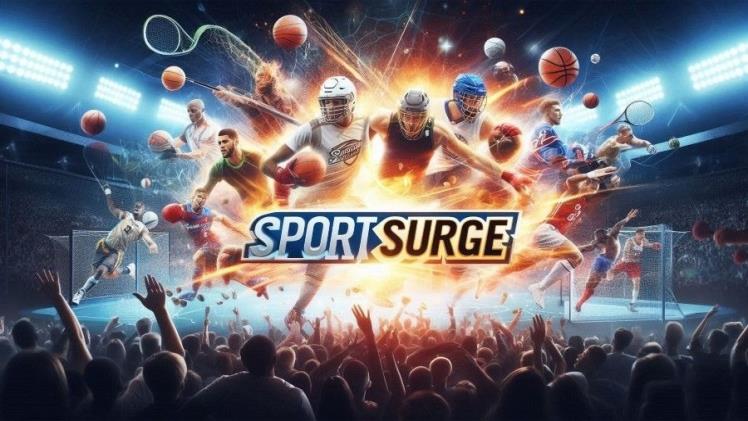
Sports fans know the frustration all too well. You want to catch the big game, but you’re stuck navigating a maze of subscription sportsurge, each one demanding another monthly fee. Between cable packages, streaming platforms, and pay-per-view events, keeping up with your favorite teams can drain your wallet faster than you can say “overtime.”
That’s where a different approach comes in. What if you could access live sports streams without juggling multiple subscriptions or deciphering complicated sign-up processes? For millions of viewers worldwide, this simpler method has changed how they watch sports entirely.
What makes this streaming approach different?
Traditional sports broadcasting ties you down with contracts, recurring charges, and geographical restrictions. This alternative removes those barriers. You get direct access to live games across multiple sports without the usual complications.
The platform aggregates streams from various sources, presenting them in one easy-to-navigate space. No credit card required. No commitment necessary. Just straightforward access to the sports content you want to watch.
Why are people switching to simpler streaming options?
Recent data shows a significant shift in viewing habits. Over 40% of sports fans now use free streaming services at least occasionally, up from just 18% five years ago. The reasons behind this trend tell an interesting story about what viewers actually value.
Cost savings rank at the top. The average sports fan subscribed to traditional services pays between $80 and $150 monthly for comprehensive coverage. Free streaming eliminates this expense entirely, putting thousands of dollars back in viewers’ pockets each year.
Convenience matters too. Users appreciate being able to watch games immediately without creating accounts, entering payment information, or navigating through endless menus. Click on the game you want, and you’re watching within seconds.
Geographic freedom is another major benefit. Traditional broadcasters often restrict content based on your location, a practice known as blackout restrictions. Alternative streaming bypasses these limitations, giving you access regardless of where you live.
How does the viewing experience compare?
Quality has improved dramatically over the past few years. Early free streaming services suffered from poor video quality, constant buffering, and unreliable connections. Modern platforms have addressed these issues head-on.
Most streams now offer HD quality comparable to paid services. Buffering has decreased significantly as internet infrastructure has improved and streaming technology has advanced. Many viewers report smooth playback even during high-traffic events like championship games.
The variety of available content has expanded too. You’re not limited to mainstream professional leagues. College sports, international competitions, niche sporting events—they’re all accessible through these platforms. This breadth of coverage often exceeds what traditional subscriptions provide unless you pay for premium tier packages.
What about different sports and leagues?
Coverage spans nearly every major sport you can think of. Basketball fans can catch NBA games throughout the season and playoffs. Football enthusiasts have access to NFL matchups every week. Soccer lovers can follow Premier League, La Liga, Champions League, and countless other competitions from around the globe.
Baseball, hockey, tennis, golf, MMA, boxing—the list goes on. Even less mainstream sports like rugby, cricket, and motorsports have dedicated streaming options. This universal accessibility levels the playing field for fans of all sports, not just the most commercially popular ones.
Live events aren’t the only offering either. Many platforms include replays, highlights, and analysis shows. Miss the game because of work? You can watch it later at your convenience without paying extra for DVR functionality.
Is this the future of sports viewing?
The numbers suggest a lasting change in how people consume sports content. Streaming traffic for sports events increased by 87% last year alone. Younger demographics, particularly those under 35, show even stronger preferences for flexible, subscription-free options.
This shift puts pressure on traditional broadcasters to adapt. We’re already seeing changes—more flexible packages, lower-cost streaming-only options, and reduced contract lengths. The industry is responding to what viewers clearly want: simplicity, affordability, and freedom of choice.
For now, millions of sports fans have discovered that watching their favorite teams doesn’t require complex subscriptions or expensive commitments. They’ve found a straightforward alternative that delivers the content they want without the hassle they don’t need.
The question isn’t whether this approach works—the growing user base proves it does. The question is whether traditional sports broadcasting will evolve quickly enough to remain competitive in this changing landscape.
